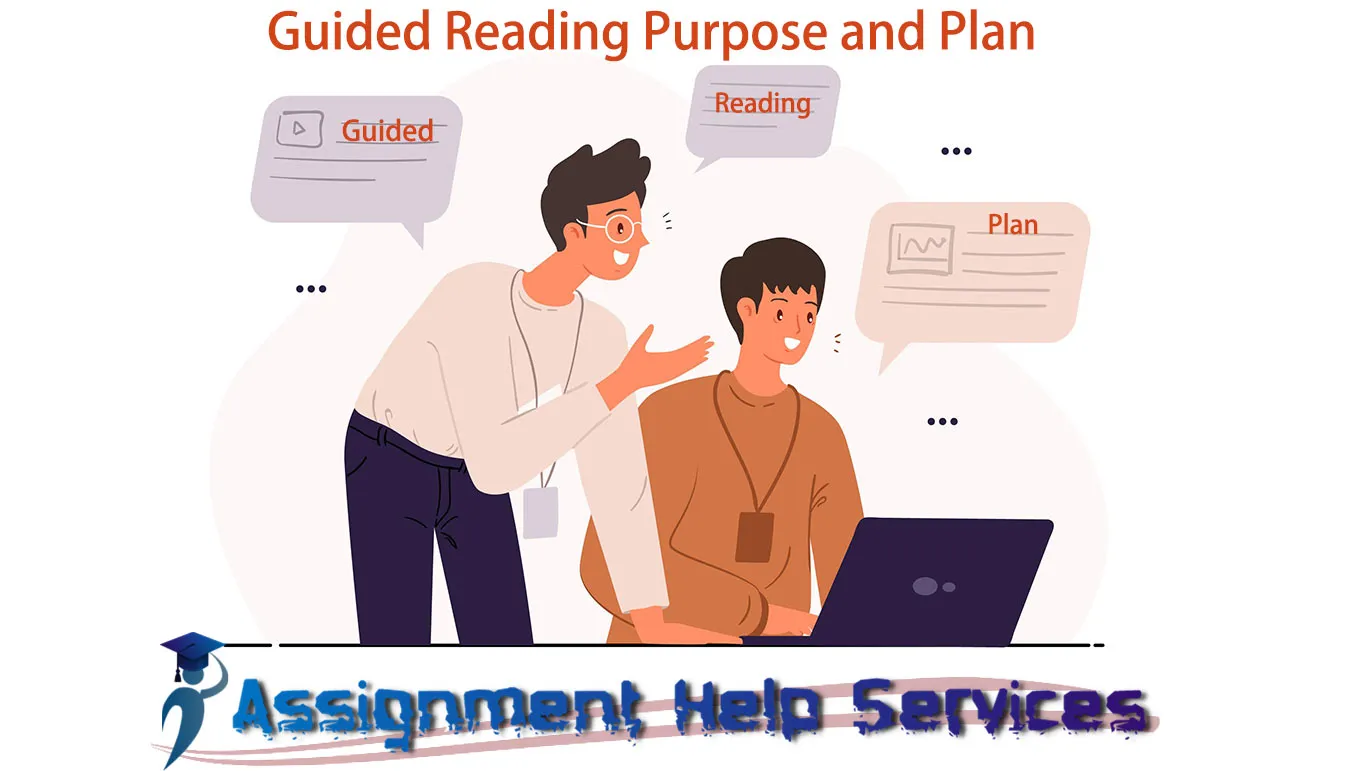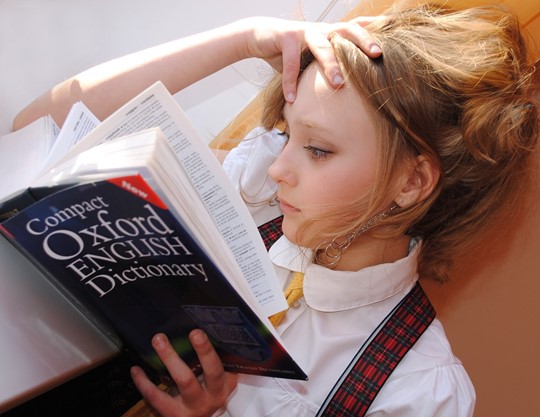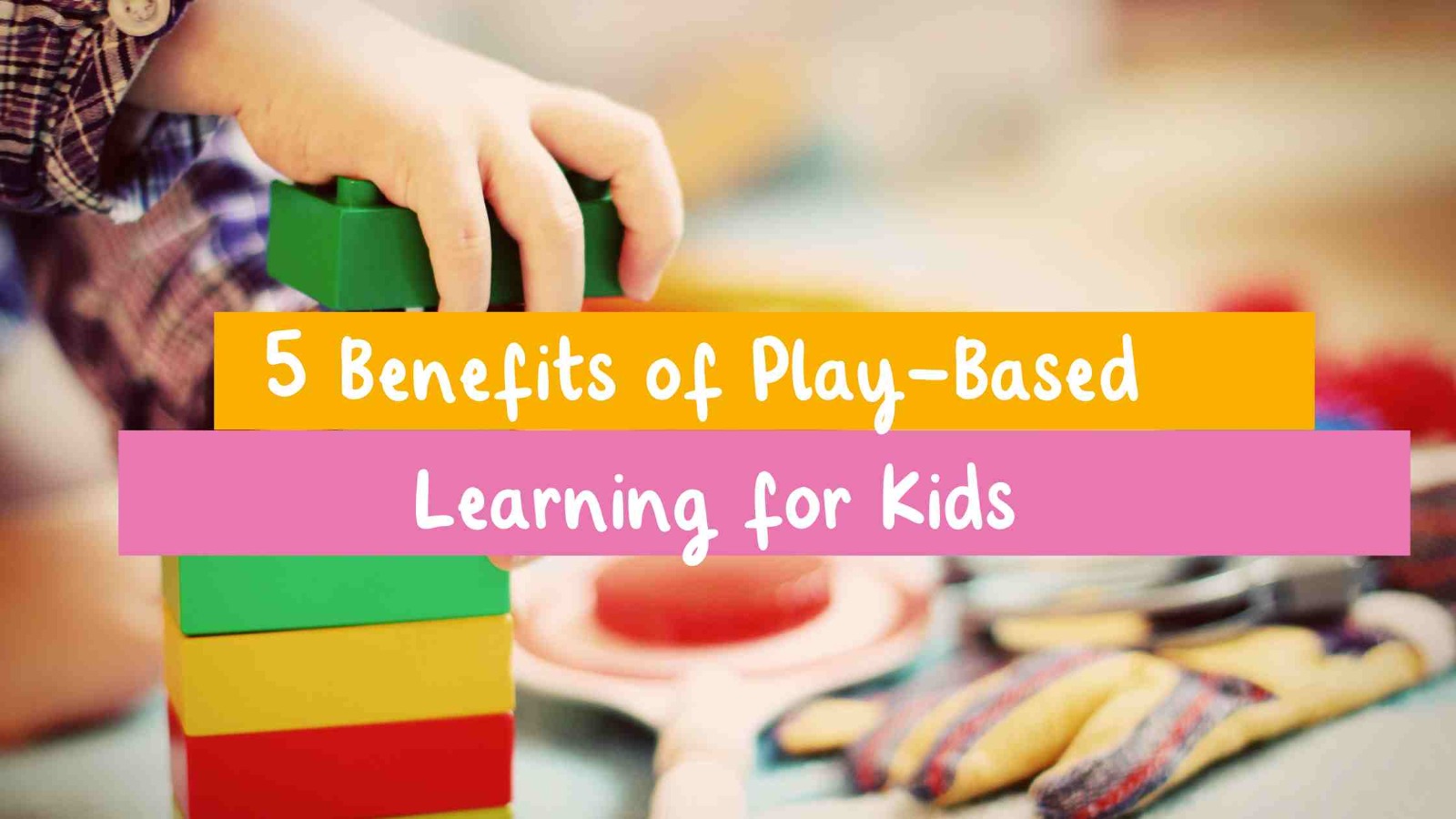Guided Reading
Guided reading is a method of instruction in which a teacher works with a small group of students who have comparable reading habits and can read books at similar levels.
The material is simple enough for pupils to read with your help; it presents difficulties and possibilities for problem solving while being simple enough for students to read fluently.
You select items that will assist students in developing new tactics.

Guided Reading Purpose
Choose novels that pupils can read with an accuracy of 90 to 94 percent. Because the story is available to pupils through their own skills, which are reinforced by your introduction, they can grasp and appreciate it.
They concentrate on meaning, but they also employ problem-solving techniques to figure out unfamiliar vocabulary, deal with complex sentence structure, and comprehend concepts or ideas they have never seen before in print.
Guided Reading Importance
- Pupils are able to read more difficult books with the assistance of this programme.
- Supports the readers' active creation of a processing system by providing an environment for responsive teaching – teaching that is based on the teacher's detailed understanding of and respect for each student.
- Assists readers in developing their processing skills (in-the-head systems of strategic actions)
- Assists pupils in developing the ability to think like proficient readers.
- Allows pupils to interact with a diverse range of literature.
Lesson plan for Guided Reading
The following are the steps in the guided reading process:
- To detect emphases, collect information about the readers.
- Select and analyze texts to use.
- Begin by introducing the text.
- Keep an eye on the reader while they read the text on their own (support if needed).
- Encourage the reader to talk about what the text means.
- Make one or two points to teach.
- Participate in a letter/word work project with the reader.
- Extend your knowledge by writing about what you've read (optional).
- Plan the next lesson after reflecting on the last one.
Four components of guided reading:
- book introduction
- reading the book
- post-reading conversation
- follow-up activities
It takes time and work to become a successful guided reading teacher, but the benefits are well worth it. You will notice behavioural indicators that they are gaining new understandings; and you will see them expand their competencies and advance to higher levels of texts as you teach them.
Guided Reading Level
The degree of complexity of a text is determined by a number of elements, including story length, vocabulary, illustration use, and sentence structure.
The guided reading level at which reader is working is known as "instructional" level.
Models of guided reading:
- Early model
- Traditional model
- Fluent model
A Typical Guided Reading Lesson
- Rereading familiar texts.
- Book introduction.
- Reading of a new text.
- Post-reading discussion.
- Follow-up activities.
Guided Reading Instruction:
There should be no more than one difficult word in every ten words in the text. The teacher must provide students with educational assistance. When teachers support students while they read, instructional-level materials are suited for small-group instruction.
Picture Walks, Directed Reading-Thinking Activity (DR-TA), K-W-L (What Do I Know, What Do I Want to Know, What Have I Learned), and Anchor-Read-Apply are all examples of approaches to teach guided reading.
Key Element of Guided Reading:
Three parts make up guided reading sessions:
- before beginning to read the debate
- independent study
- after having read the conversation
The fundamental purpose of guided reading is to teach pupils how to apply reading strategies while reading independently for meaning.




